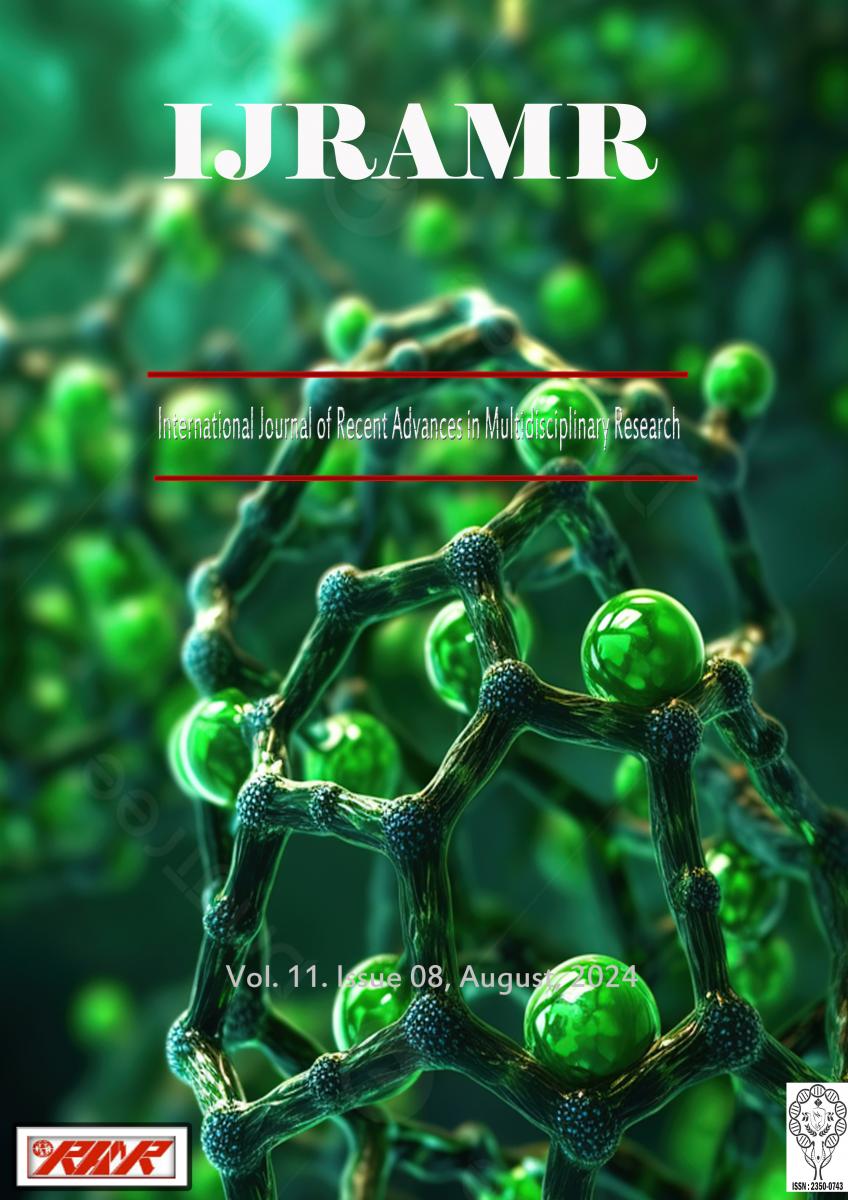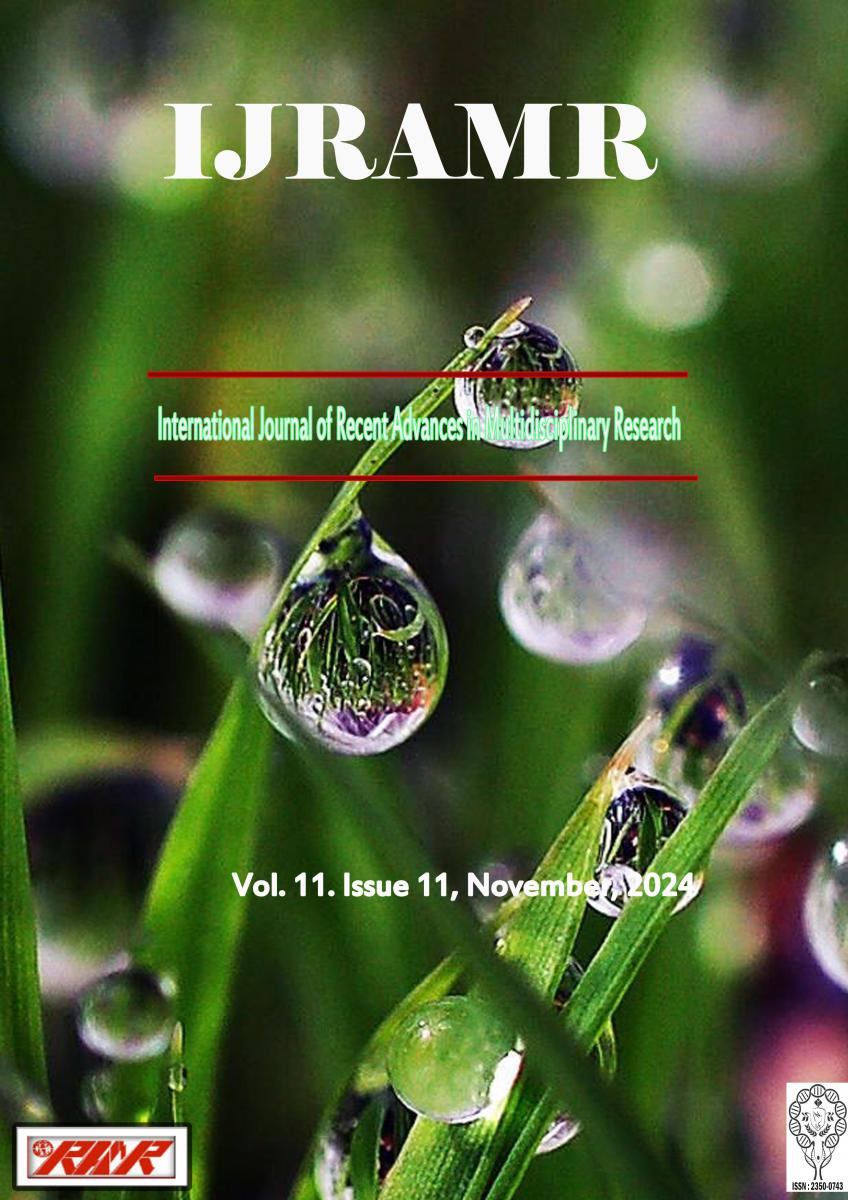n vitro antidiabetic potential of traditional medicinal climber, cyphostemma setosum (roxb.) alston
Cyphostemma setosum is a traditional medicinal climber, distributed in Palani hills, the Western Ghats, Tamil Nadu, India. In this region, the puliah tribal community is using this species more commonly to control type II diabetics. As there is no work in this line, the present study was carried to investigate the in vitro antidiabetic activity of C. setosum in terms of the level of inhibition of α-amylase and α-glucosidase as influenced by methanolic extract of aerial parts of this species.






